From 2023 to 2024: Analysis on what trends we’re seeing and what might be next
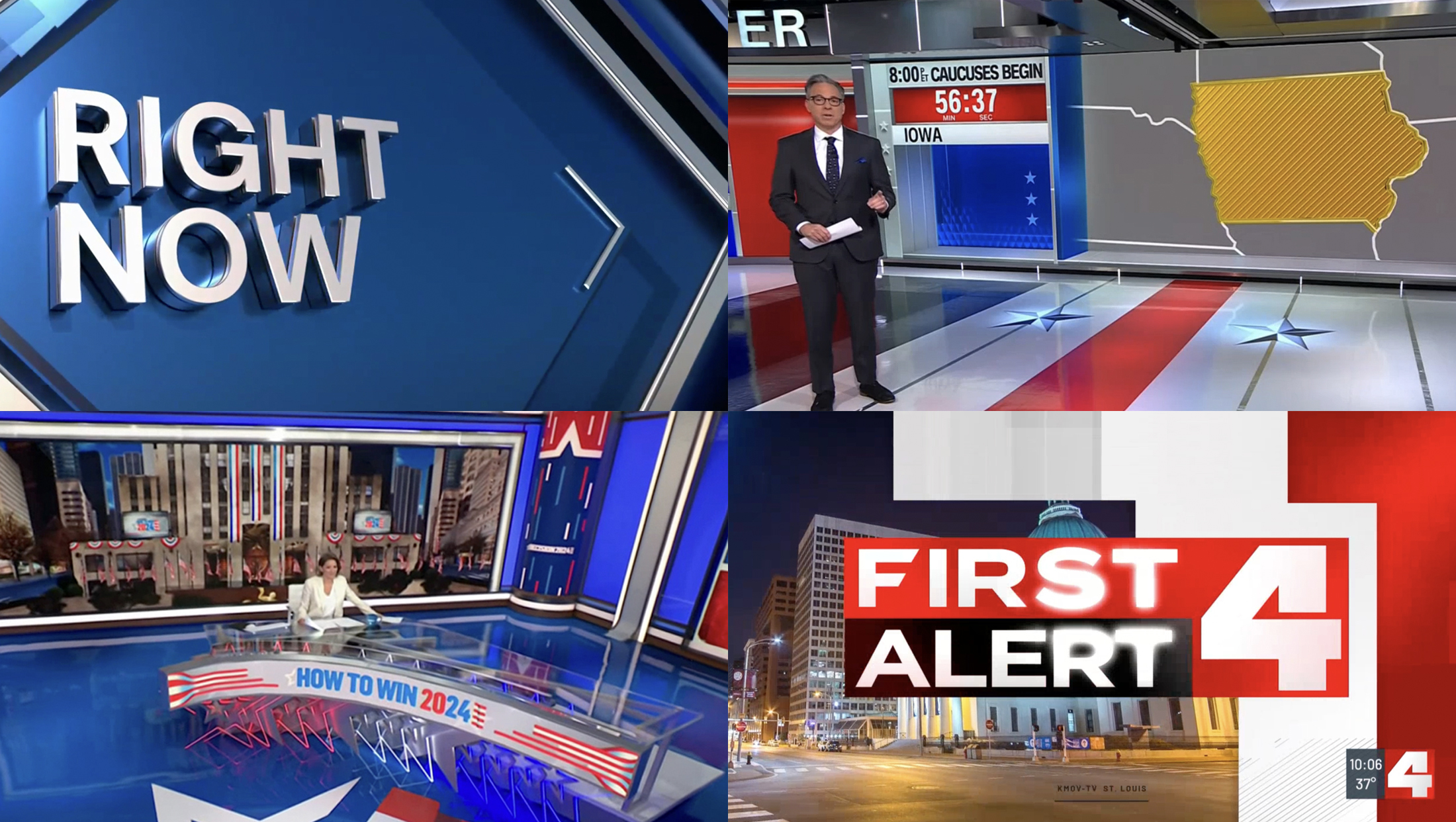
Subscribe to NCS for the latest news, project case studies and product announcements in broadcast technology, creative design and engineering delivered to your inbox.
We’re well into 2024 now, so the picture of what trends from 2023 are sticking around — and where those might be leading the broadcast industry is a bit clearer.
Flat mixed with 3D
Flat design for broadcast has already dominated in certain parts of the world and has been steadily working its way to the U.S. over the past few years.
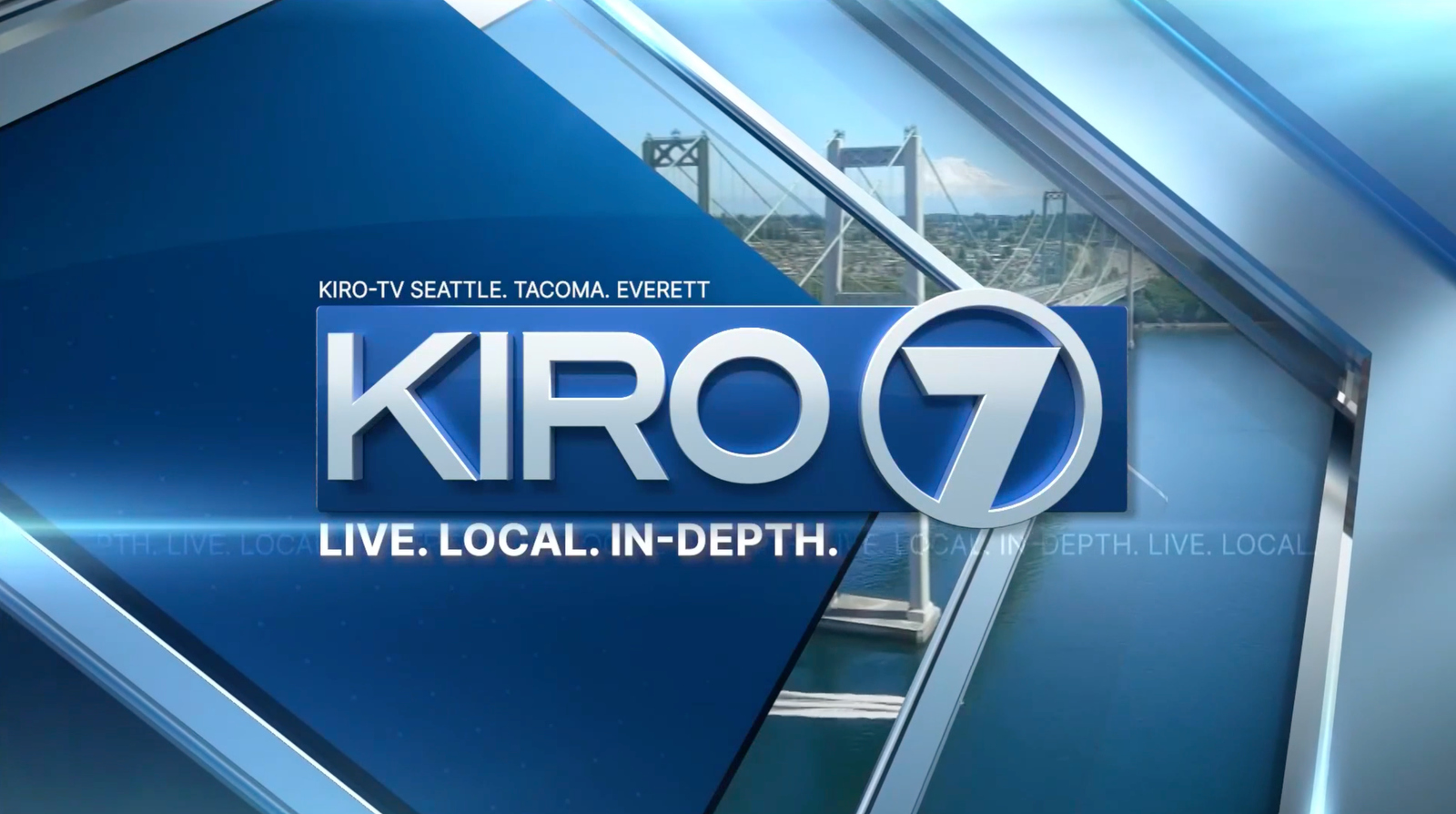
This highly 3D look used by KIRO in Seattle, owned by Cox Media Group, is part of a broader group graphics package that blends glassy and metallic dimensional elements with flat design.
There’s little doubt the approach is typically cleaner and makes it easier for journalists to convey on-screen information.
However, the flip side of all of that is that the resulting graphics often end up lacking, well, depth.
It seems ironic to say, of course, but ultimately, television screens still seem to come alive better when there’s at least some sense of depth and dimension.
This has been true for decades in how sets and talent were shot — graceful backlighting and the use of texture and layers in scenery.
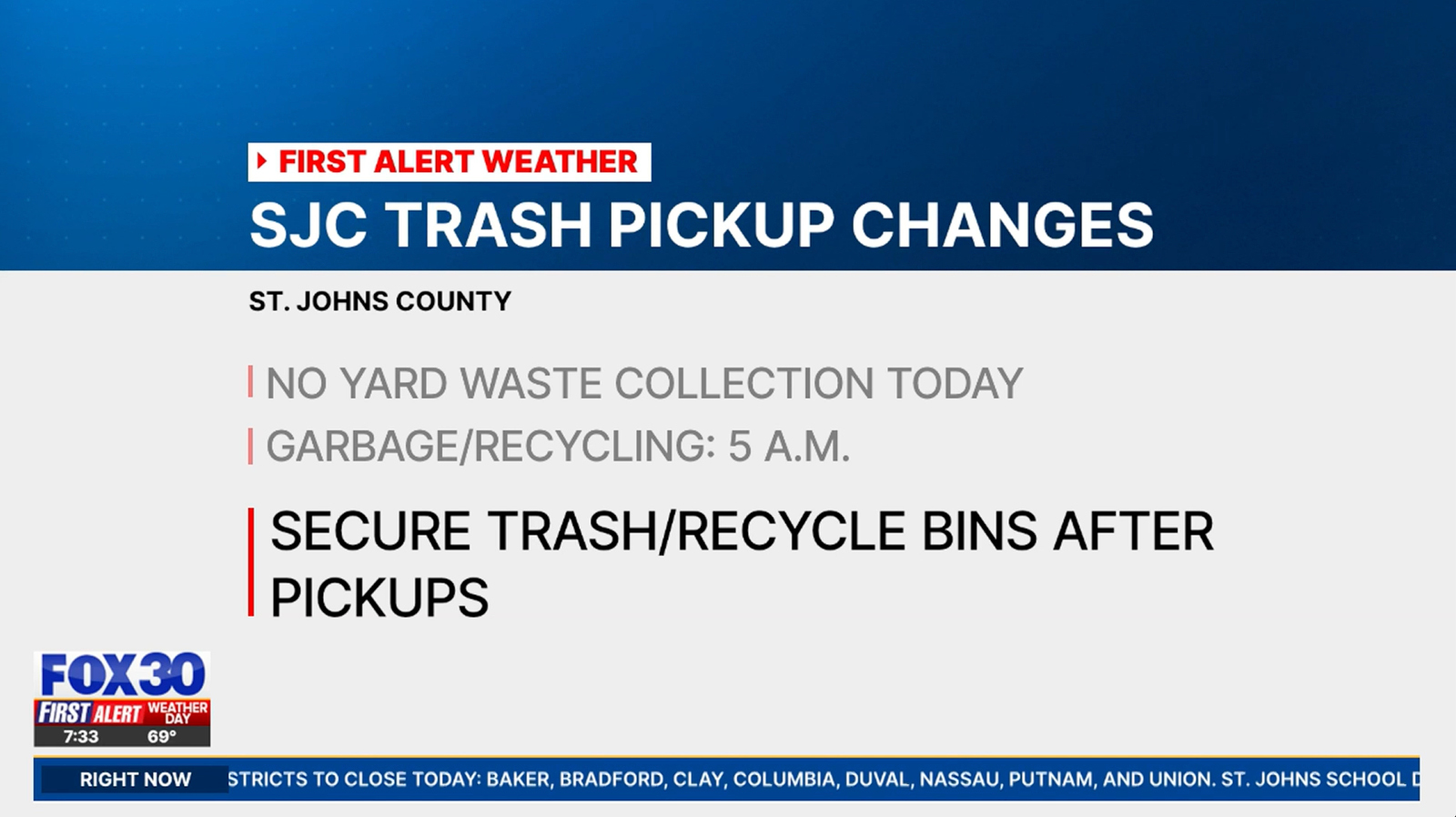
The fullscreen, also from the Cox Media Group graphics package, is an example of how clean, flat design can make on-screen text and other information super-legible.
It does appear the industry is settling on a compromise — combining the highly metallic, glassy 3D look of the past with flat elements. Flat looks are likely to continue to dominate in lower-third inserts and banners, where that approach often helps keep the text here cleaner and easier to read.
The trick, however, is to make the two looks come together in harmony rather than creating ones that simply look like flat elements were simply plopped on top of 3D backgrounds.
Will broadcast design follow the trend of mixing highly 3D elements with flat design? How well will these designs be able to harmonize?
Virtual hallways, warehouses and outdoor spaces
A related trend is the use of often-extended animated sequences that appear to be set inside an imaginary environment of some kind. It might be a seemingly never-ending hallway-like space or a cavernous warehouse or hanger.
It’s important to note we’re not talking about virtual sets here — these looks typically run fullscreen and don’t have talent inserted into them.
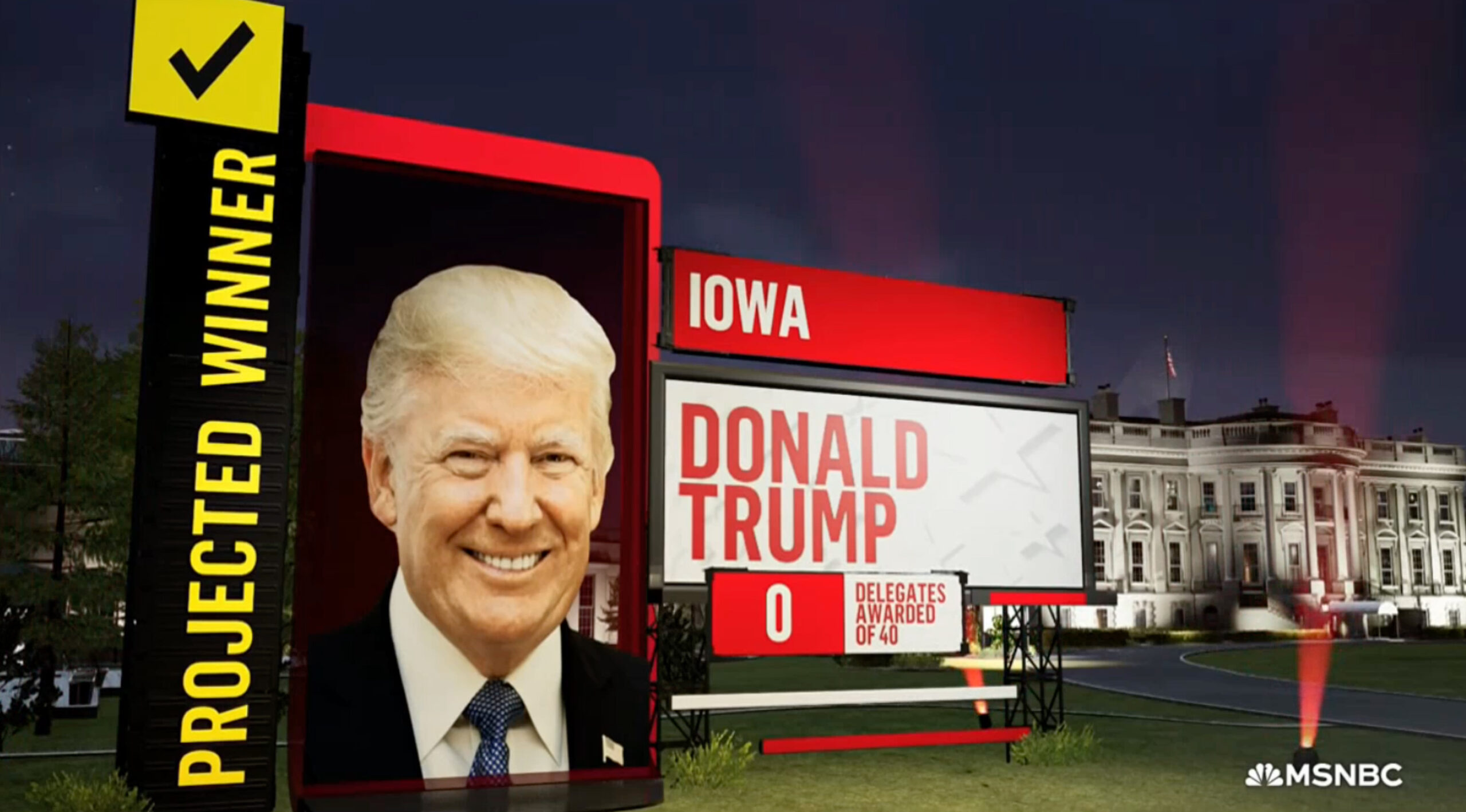
A prominent example dating back to 2020 was CBS News’ election package. NBC and MSNBC have used variations of large virtual billboards and signage inside a large open building with girders. Now CNN has switched to an election look that sort of combines both of those looks while also tossing in some simulated 3D looks meant to serve as virtual set extensions of sorts.
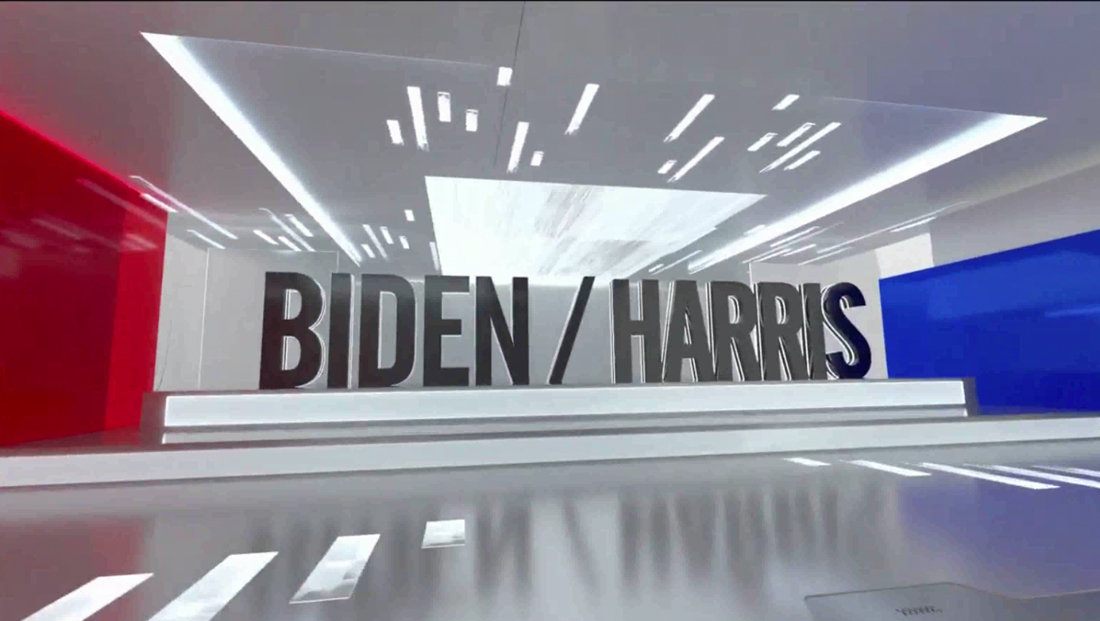
A hallway-like look from CBS News’ election graphics package dating back to 2020.
There’s also been examples of computer generated animations and scenes that depict outdoor spaces with seemingly impossible elements added it — whether it be a giant piece of fabric draped over a mesa or a billboard with searchlights somehow planted next to the White House.
Where one goes, others follow. Is imitation the sincerest form of flattery? Will we see more labyrinthian spaces or fanciful outdoor spaces?
Video walls
If 2023 (and 2022, 2021, 2020, 2019 … you get the idea) was the year of the video wall, then 2024 is likely to top that.
As prices come down and quality improves, video walls, particularly the seamless ones created using bezel-less panels tiled together, that were once a network-level luxury, continue to show up in more and more places on TV, ranging from news and sports sets to game shows and live event telecasts.
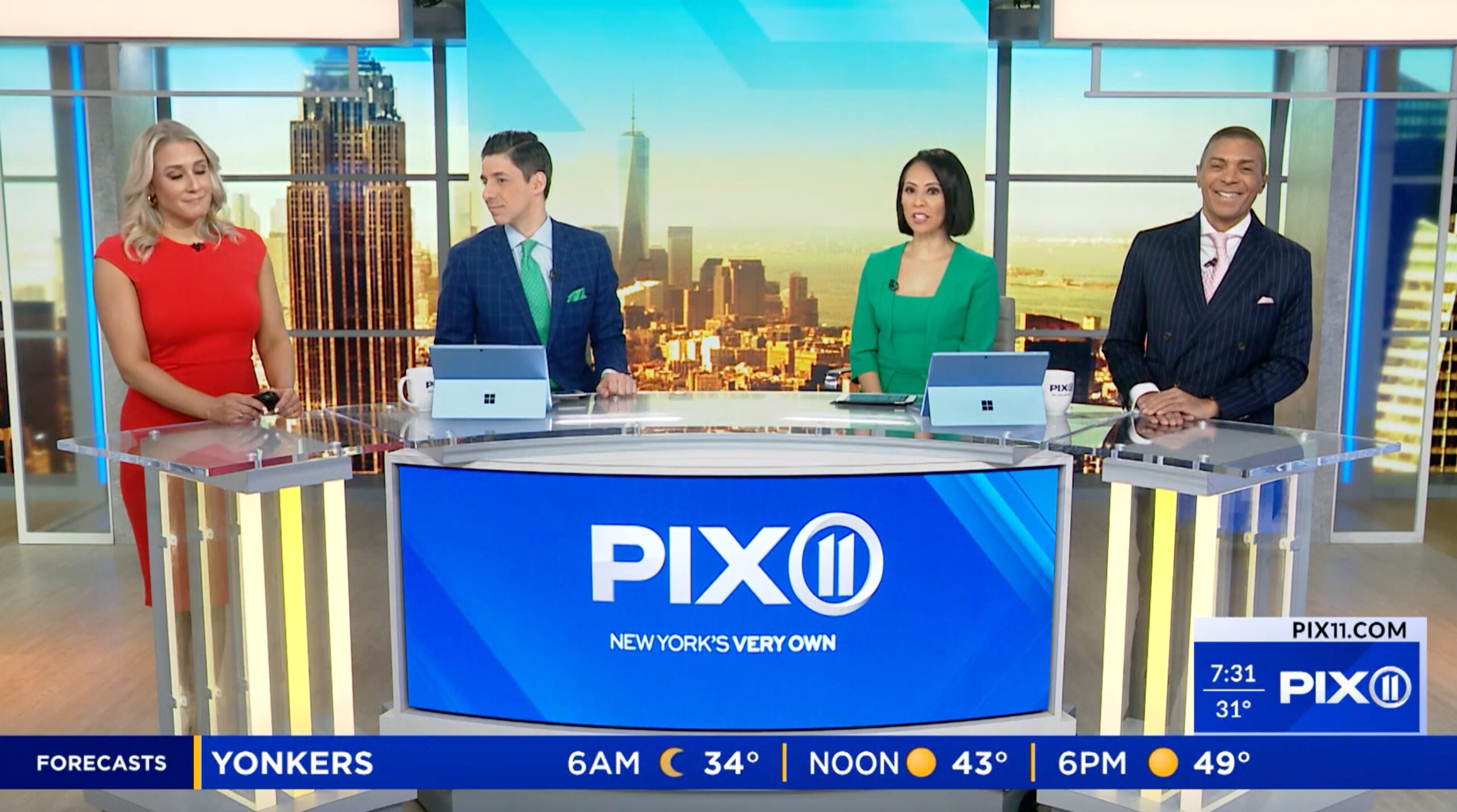
This set, which debuted in 2023 at WPIX in New York, features seamless video tiles behind the anchors as well as a wall of ‘windows’ created using video panels with scenic mullions.
Typically powered by LED technology, video walls have surpassed duratrans and even real working newsrooms as the background of choice for broadcast news, sports and weather. They have even started encroaching on the longtime use of chroma key green screen for weather.
2023 was big for video walls after several hot years in a row. Look for that to continue.
See also: Video columns, floors and other things
With video walls well on their way to decking the broadcast hall of favorites, other video panels are likely to start showing up in different places around studios and in different shapes and applications.
Curved LED panels to build columns and anchor backgrounds are starting to become more prevalent as designers and broadcasters look for new ways to grab eyeballs instead of just throwing up multiple flat, traditional video walls.
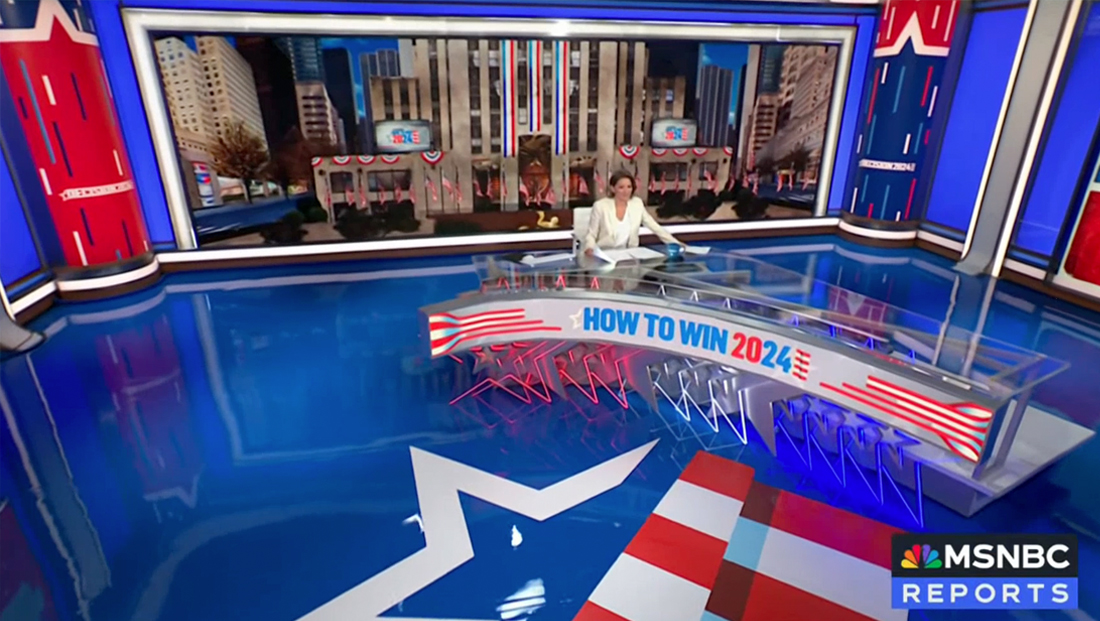
This set, which is designed to become the permanent home of WNJU, the Telemundo station serving New York, but first seen on MSNBC, features curved columns made from LED panels.
You can also likely continue to expect to see more LED video panels in floors, straight-edged columns, the fronts of presenter desks and even suspended in ceilings.
Video (fill in the blank)s are the new black. Plain old video walls are so 2023. Look for new innovations in shape and positioning of LED video panels.
Coloring-changing tech
Color is still a powerful way to convey moods, attitudes, urgency or brand standards and color-changing LED accent and backlighting is likely to continue to be a popular element on TV screens.
This technology, which is even becoming affordable for the general public in the form of permanent holiday lighting and color-changing strips to stick to bedroom ceilings, is likely to continue to grow in 2024.
Once largely limited to downlighting and edge-lit accents, more broadcasters and designers are experimenting with how color-changing lighting elements can interact with the hard scenic elements and other lighting sources.
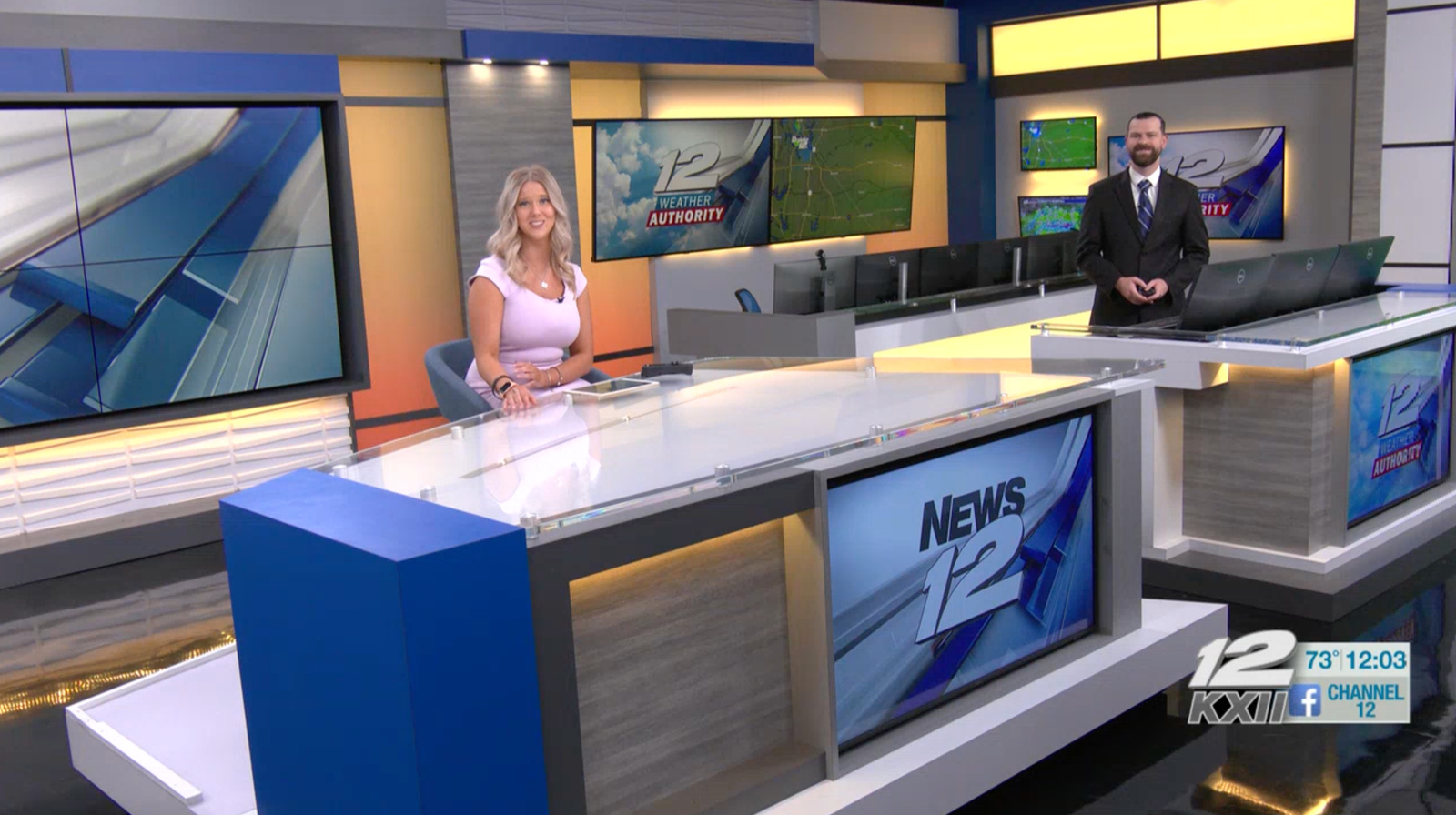
Small market Texas station WXII uses color-changing elements in its 2023 set to shift from blue to yellow and other shades.
Washing colored light over neutral surfaces or from behind monochromatic backgrounds makes it easy for the same space to be used for multiple types of stories, dayparts or different broadcasts — figuratively allowing broadcasters to “repaint” the walls instantly.
This is especially helpful as broadcasters start producing more content to replace syndication and boost streaming offerings but don’t always have the space or resources to build multiple sets.
Color-changing lighting, edge lighting and backlit walls have been popular for years and designers are doing more and more with them. It could be exciting to see what’s next.
Extended reality?
Extended reality (AR, VR, VSE and all those other initials) was used in numerous broadcasts in 2023. Sports broadcasters seem to be perhaps most committed to using the technology, likely because it gives coverage a video game-like feel.
It does seem, however, that broadcast TV news might be cooling on AR a bit. With the exception of weather, AR hasn’t quite trickled down to the local level as fast as some other trends discussed here. That’s not to say it’s not being done, but one might have expected it to be more prominent now (not that it’s necessarily easy to produce well-designed AR segments).
Overseas broadcasters still seem to be hot to trot with extended reality explainer segments that transport talent into fully or partially 3D environments to explain topics ranging from religious pilgrimages to transportation.
In the U.S., perhaps one of the most prominent examples of this has been The Weather Channel, which produces similar explainers on a variety of weather and environmental topics, including via its partnership with CBS News.
All that said, XR might shift back into favor as tech giant Apple releases its Vision Pro headset later in 2024. Is the $3,500 headset going to become mainstream? No. But its slick marketing might rekindle some interest in XR where it died down a bit (Meta also released a new VR headset which could also boost interest).
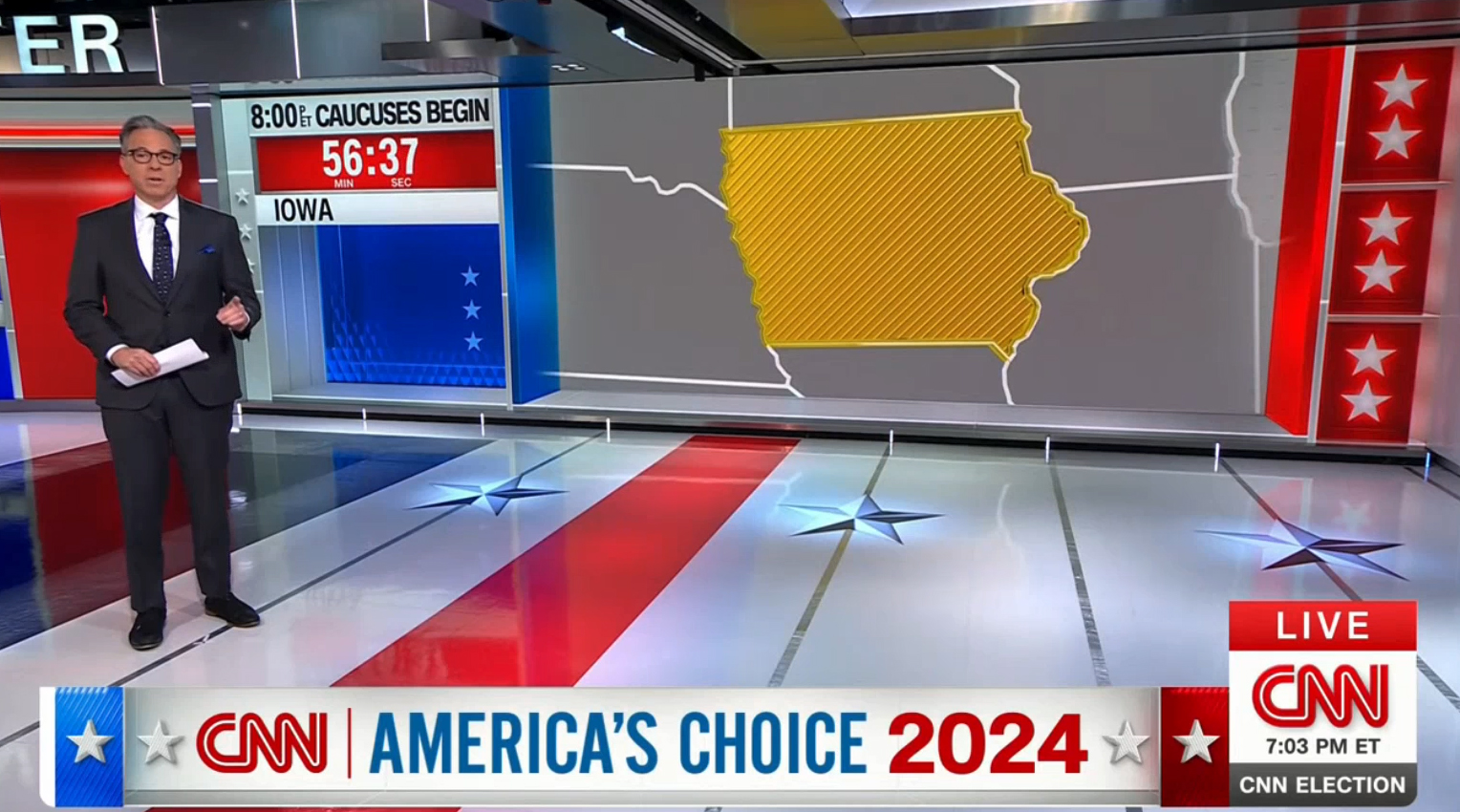
This video wall graphic, part of CNN’s new election look, features elements meant to simulate (or at least suggest) physical structures, such as cubby-like alcoves and wall panels.
Virtual set extensions, which are popping up left and right on CNN and also prominently are used on MSNBC, also still haven’t made their way down to local news extensively. That could change.
Extended reality is likely to continue to be used in broadcast, though just how much and in what genres is questionable.
The U.S. election and Olympics!
You can’t really talk about 2024 without mentioning the U.S. presidential election and Olympics. While NBCU obviously has a U.S. monopoly on the Olympics, election coverage is another story.
Networks are likely to explore new and creative ways to grab attention and differentiate their offerings from everyone else.
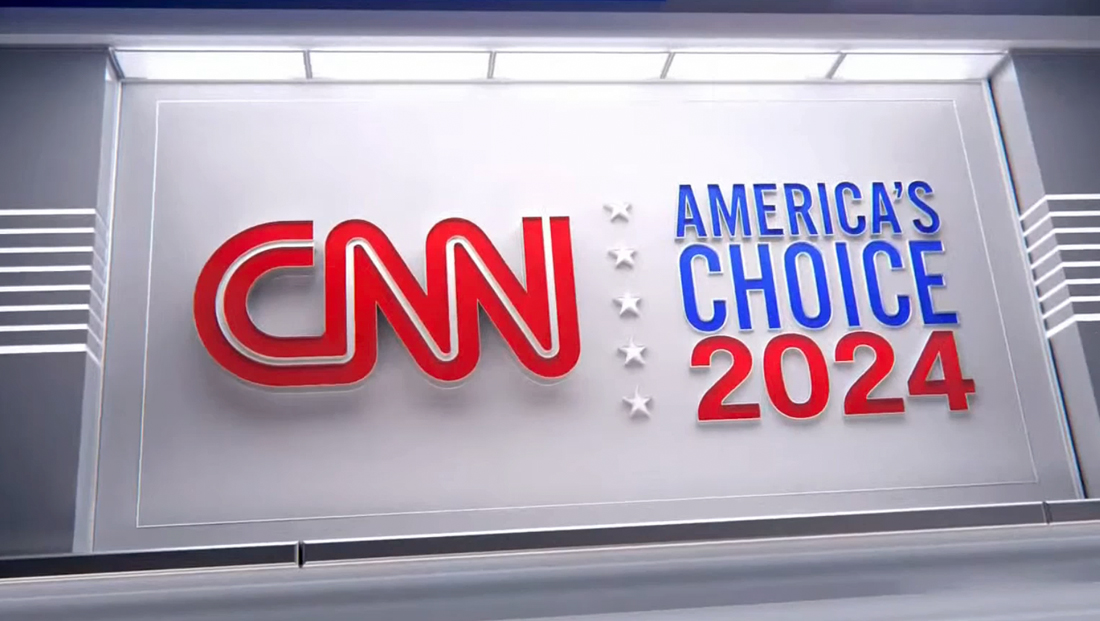
CNN already took the jump and introduced its new election graphics look (NBC typically generates a fresh look for each Olympics that is used in combination with the OBS stat graphics inserted into the shared feeds of events).
The election is also expected to generate significant advertising revenue across many platforms — which could be key for broadcast as it faces shifting trends away from linear TV toward paid streaming, FASTs and short form video platforms. Whether or not legacy media companies can capitalize on this opportunity remains to be seen, but could end being crucial to how the industry evolves.
These two big events will spur hours and hours of extended coverage and also have the potential to generate key revenue for an industry in the midst of drastic change.
The ‘alert’ is here to stay
When media outlets started using branding such as “Terrorism Alert Desk” and “First Alert Weather Day,” there were cries of indignation about how using the word “alert” was a bit alarmist and perhaps taking it too far. Those voices certainly had a valid point, but it would seem they’ve been overruled (or at least all the “alerts” are drowning them out).
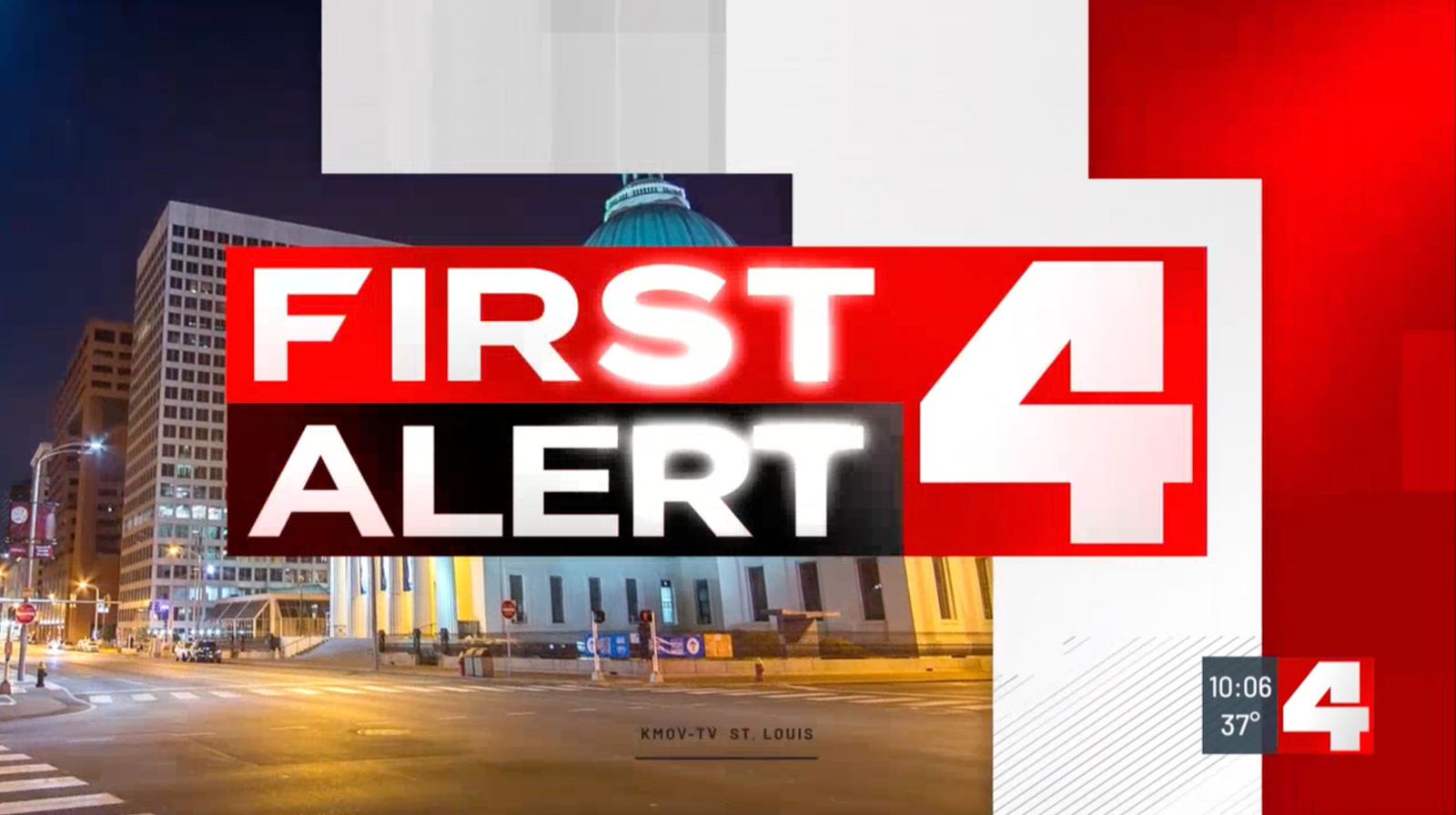
KMOV in St. Louis switched to ‘First Alert 4″ as its branding for its newscasts as a whole, not just weather or breaking news.
In many ways, “alert” seems to have installed itself in TV lingo right up there with “breaking news” (the actual difference between the two labels, if any, is debatable).
More and more forecast boards are filling up with “alert days.” Election coverage has “race alerts.” Stations are even issuing specific alerts such as fog alerts.
Of course, the problem is what happens when nearly every other story or segment in a newscast becomes an “alert.” Does that somehow become less alarming? Will new branding emerge because competing outlets don’t want to step on each other’s toes?
The “alert” branding looks like it’s here to stay, but how it evolves and what other names broadcasters can come up with remains to be seen.
Browser-based systems
Remember when only specialty hardware and software could generic lower thirds and other graphics. That’s quickly changing.
More and more management of broadcast graphics and data is shifting to browser-based solutions that let editorial and technical staff configure graphics, including everything from lower thirds to OTSs and data-driven maps and charts, all from almost any device with an internet connection.
This obviously helps with distributed workforces and remote production, but also can give broadcasters key advantages in being able to generate eye-catching visuals quickly and efficiently.
Some networks have already transitioned to browser-based control of graphics systems. That’s likely to continue as workforces shift and broadcasters more efficient ways to get visual content on-air.
Stations moving to group looks (except for that one station)
Group graphics packages will continue to grow as standard practice within the industry.
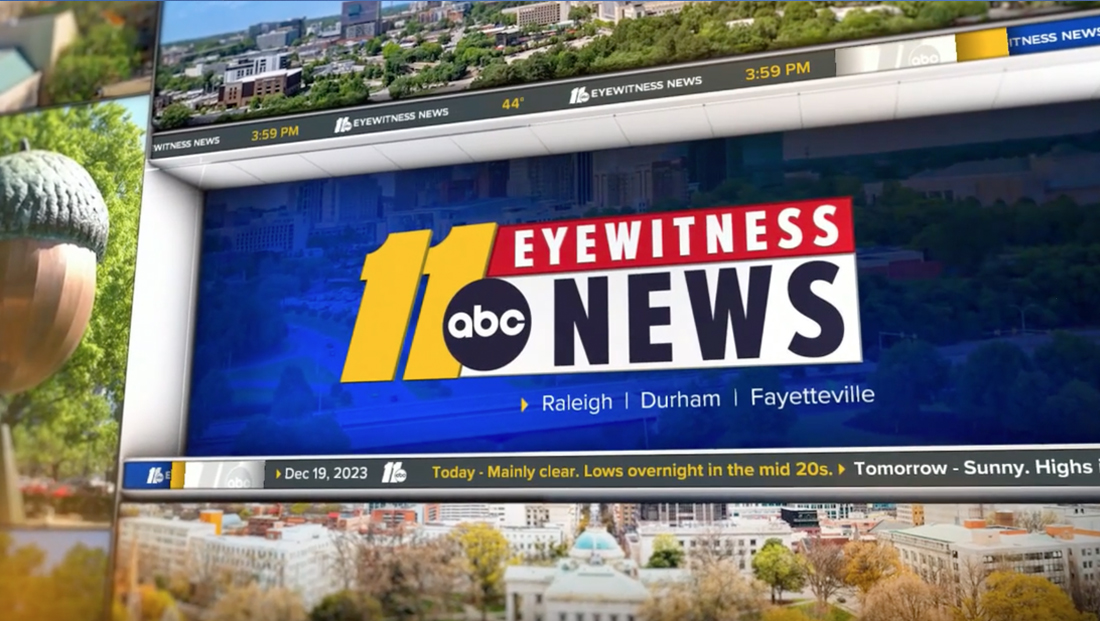
ABC-owned stations continued to roll out its group graphics package in 2023.
There will likely, however, still be at least one station in each group that holds out at least partially for one reason or the other, most of them likely centered around fear of local resistance to change. WPVI, WNEP, WSB, you know who you are.
ABC, Gray, CBS, Cox and NBC groups all have fairly recent group graphics packages, so they’re probably set for a while, but there are some groups that might be ready to start considering what’s next in 2024.
Group graphics packages are efficient and cost-saving, so it’s doubtful they are going anywhere. It doesn’t appear there are any major launches in the horizon, but some groups could be starting to think about next steps.
‘Owning’ a look
When CNN introduced CNN Sans — its own bespoke font — back in 2016, it was sort of a novelty. Now more and more companies, including media outlets, are opting for more consistency across their multiple divisions and broadcasts.
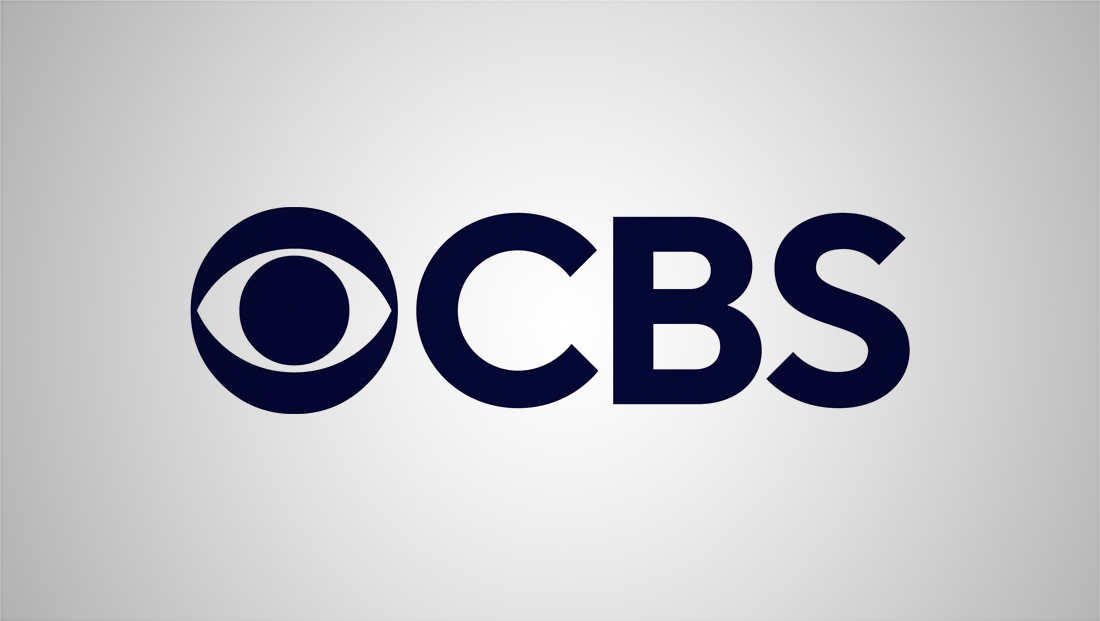
Perhaps the biggest example of this in 2023 was CBS, which was able to almost completely switch over all of its properties to use TT Norms (which isn’t exclusive to the company) and the deconstructed eye look. NBCUniversal seems to be nipping at the heels with more properties switching over to its proprietary Tinker.
NBCU’s local stations also have Arthouse Owned, which is based on FF Din.
Since ABC updated its logo in 2021, it’s updated the looks of its various divisions and shows separately, but isn’t nearly as consistent as efforts at CBS and NBC, so it will be interesting to see if the alphabet network heads in that direction at all.
In a world where branding is everything and visual recognition is key in a cluttered stream of media, having a consistent look could prove to be more important.
Maybe: Information-driven design
Late 2023 and early 2024 say the continued rollout of the new ABC-owned station graphics package from Vivid Zero. Part of the legendary consulting firm SmithGeiger, the ABC group package’s design was said to be “data-driven,” though neither ABC nor Vivid Zero ever explained exactly how that worked.

WINK’s new ‘content opens‘ preview what’s coming up as well as tidbits such as weather and the date.
Either way, there are still strong examples throughout the package’s animated sequences, such as opens, teases and bumpers, about how what Vivid Zero calls information-driven design was used — realtime tickers appearing as ribbons in opens, for example, while weather conditions and other dynamic elements pop up.
Graphics, particularly weather graphics, are also designed to allow for additional information to pop up as needed.
2024 also saw the debut of WINK’s new graphics package, also from Vivid Zero, which also relied heavily on information-driven design.
It will be interesting to see if this trend gets picked up by other designers or it remains a Vivid Zero signature element.
Subscribe to NCS for the latest news, project case studies and product announcements in broadcast technology, creative design and engineering delivered to your inbox.





tags
Broadcast Design
categories
Broadcast Design, Broadcast Industry News, Heroes